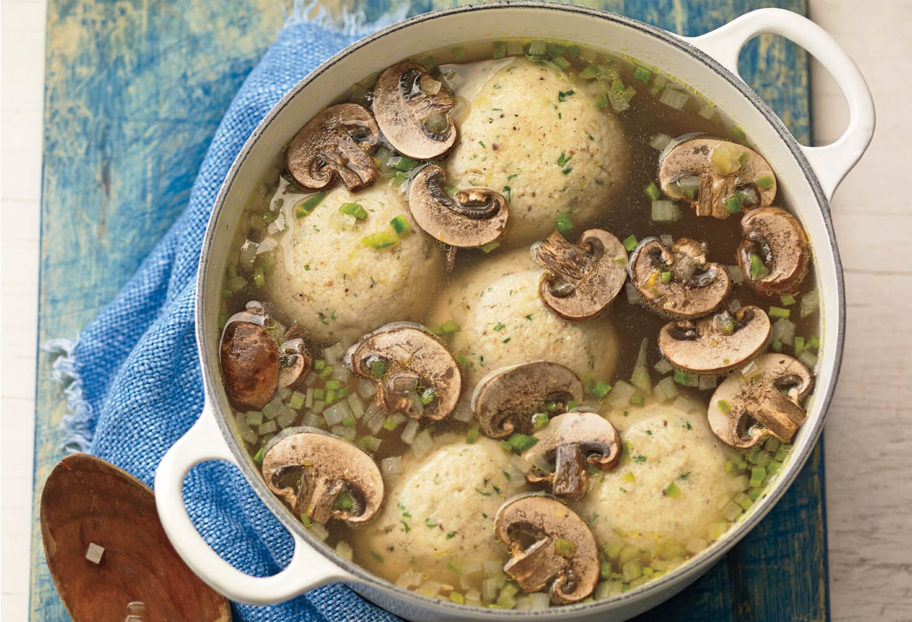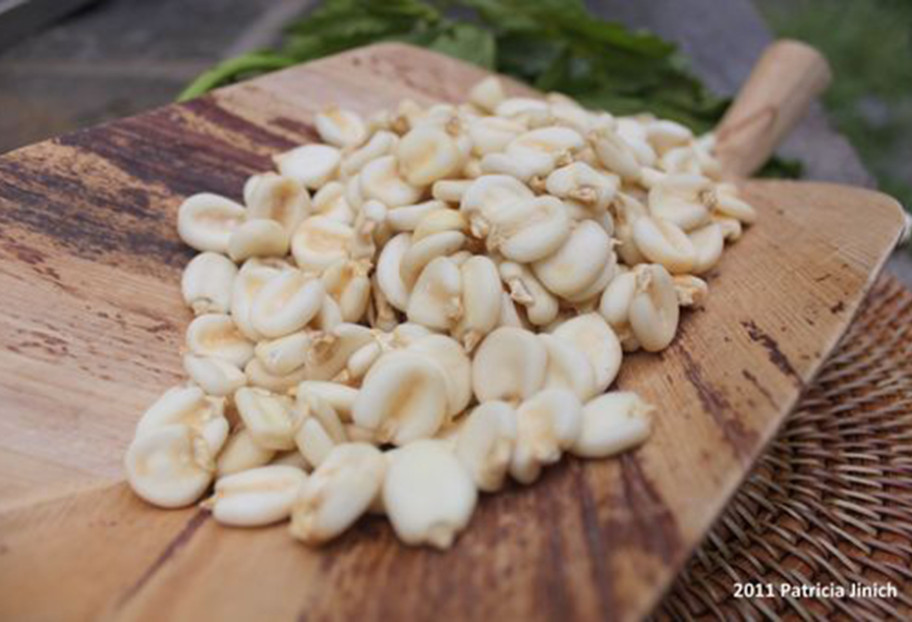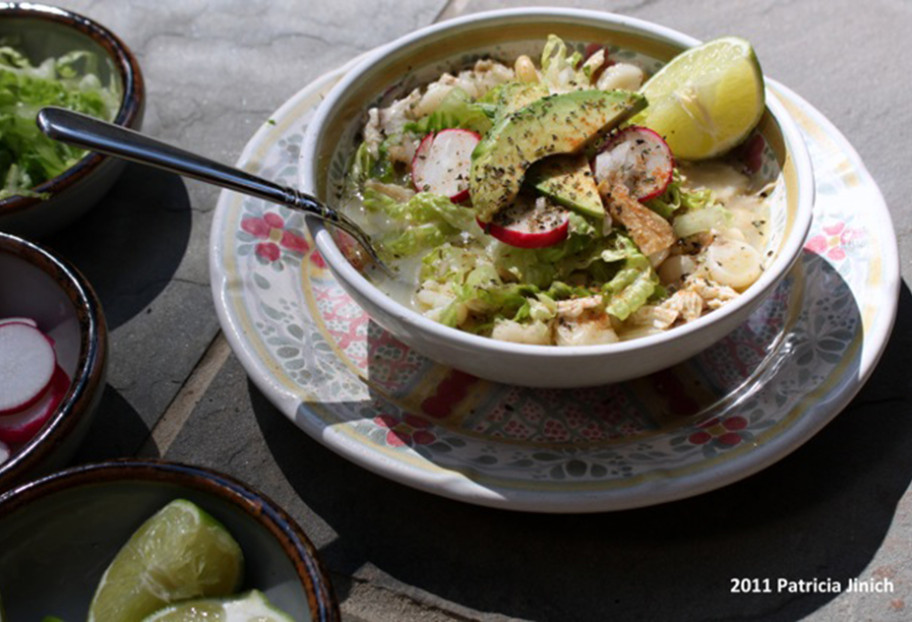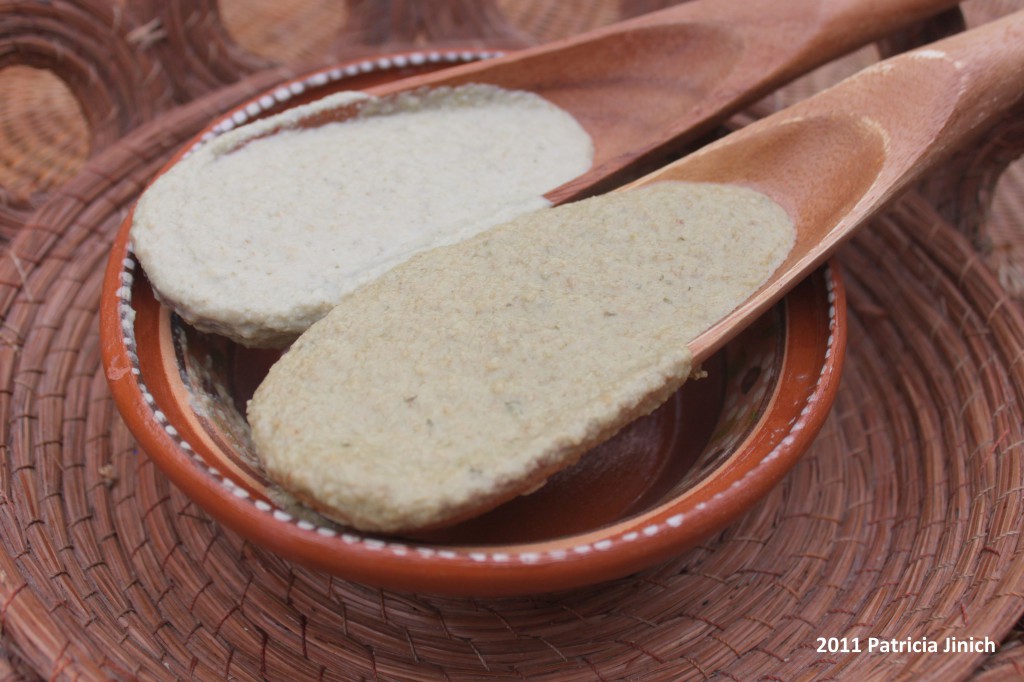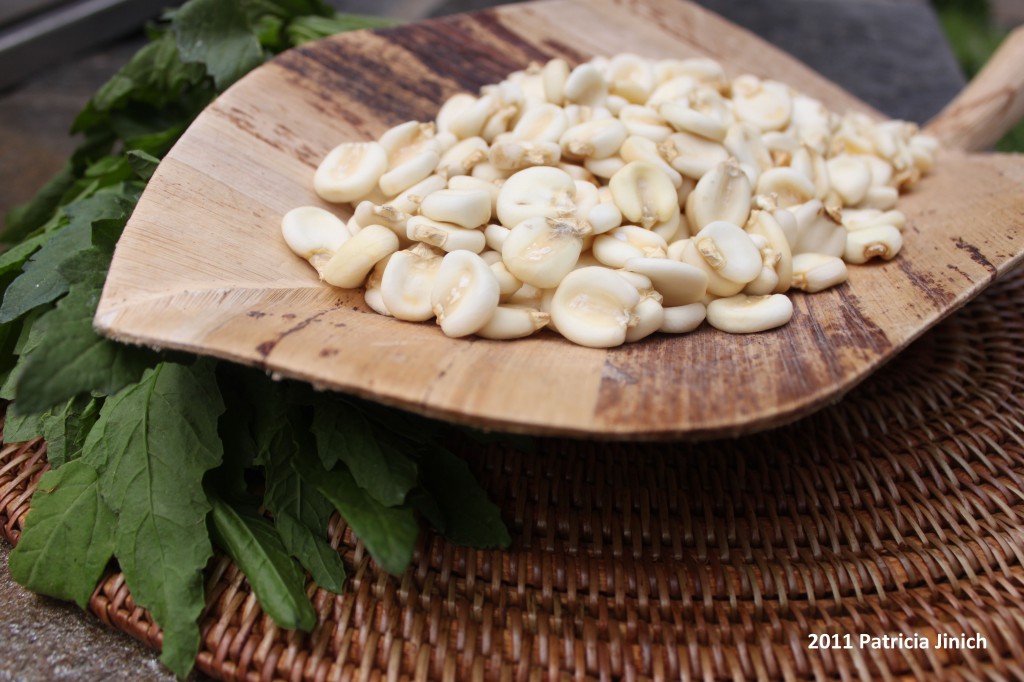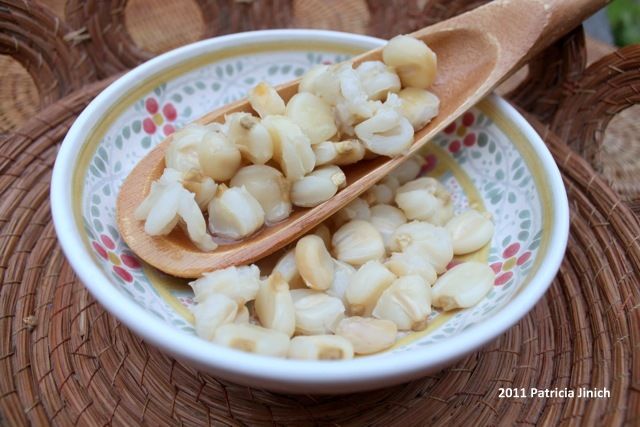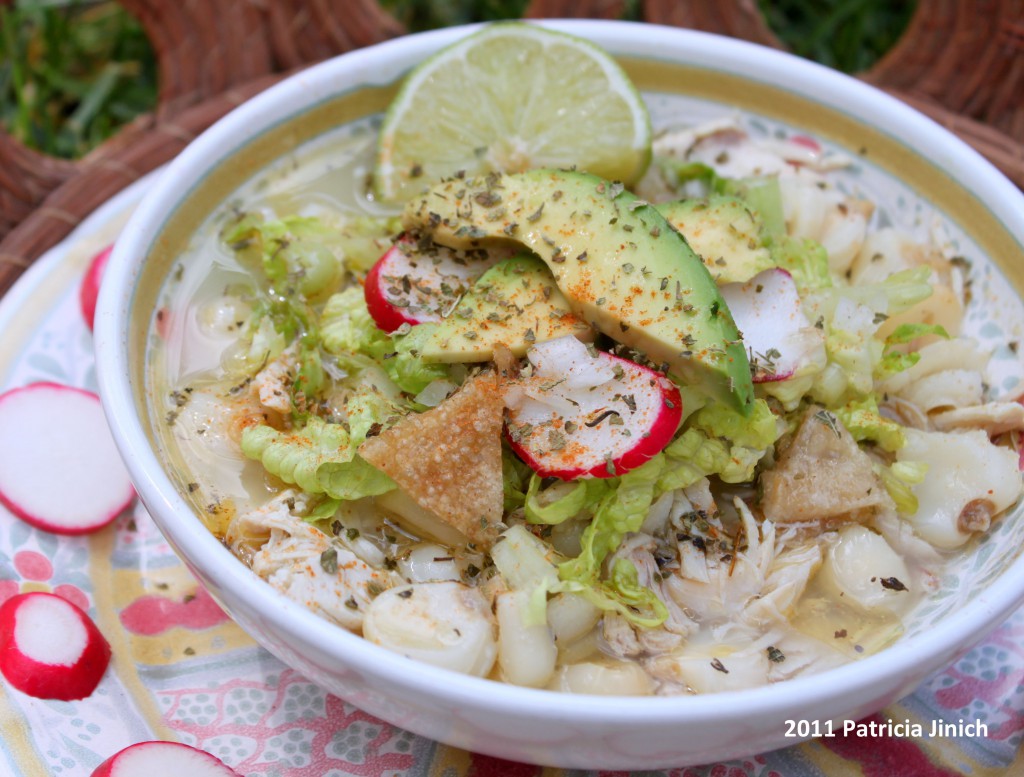My grandfather on my mother’s side, Francisco, whom we called “Yeye,” was wild about chiles. Not very common in his native Bratislava, I guess. He used to say that what he loved the most about his new country was the predictable weather (especially the bright sunny winters), the colorful markets, and most of all, the chiles. All of them.
He was oh so very crazy about them, that my grandmother used to hide them from him. She complained that he had no boundaries, no sense of measure, when eating chiles. He simply would not stop.
But he knew all her tricks, discover all her hiding spots, and when he found the prized chiles, he would stuff them in his pockets. Not only fresh jalapeños or serranos but also wet pickled jalapeños... Those must have been some messy pockets to wash…
My “Lali,” liked to please him though. She had Austrian training in the kitchen and made exquisite and elegant foods. Once in Mexico, she fell in love with the cuisine and learned how to combine the two culinary traditions. She became a master at it.
She created a classic dish out of her Mushroom-Jalapeño Matzo Ball Soup.

See? Just because you add a chile to something does not mean it becomes Mexican. You have to know how to add it, how much of it, and most importantly, when to not add….not every dish that is Mexican has a chile in it.
Lali made a mushroom base with a traditional Mexican treatment. Gently cooked onion, garlic and chopped jalapeños (with the seeds please) until the edges begging to brown. Then, she added the mushrooms and covered them, so they would steam in the mix. Once their liquids came out, she would open the pot again and let them dry, and begin to brown.

Of the thousands of ways to use chiles, steaming them with other ingredients brings out their flavor in such a subtle way.
Then she poured her home made chicken broth on top.
Her Matzo balls were fluffy, round and simply seasoned with parsley (which has been growing so happily in my garden).

Grated nutmeg is also added to the matzo ball mix. No need to add freshly ground black pepper.

The eggs are the glue that holds the matzo balls together, combined with a bit of oil…

Then she had a trick to make the matzo balls fluffy. That is, if you like them fluffy. Which most of my family does.
It seems that the main division in the matzo ball world, is between those that like the matzo balls hard and those that like them fluffy. Cooks debate all the time on how to make them fluffy or hard: more egg or less egg, more oil or less oil, matzo meal or matzo mix…
My grandmother’s trick to make them fluffy was to add sparkling water. But just a tablespoon for a full recipe. I always separate a bit of the mix without any, because I am the only one around here that likes the matzo balls hard.

As much as my grandfather begged, my grandmother added little jalapeños. She argued that one needs to taste everything else, which in principle sounds right. But if he were here, I would make him an extra batch, with as many jalapeños I could find in my backyard. And there are oh so many…

Mushroom-Jalapeño Matzo Ball Soup
Ingredients
- 1 cup matzo ball mix
- 2 tablespoons parsley finely chopped
- 1/4 teaspoon grated nutmeg
- 3/4 teaspoon kosher or coarse sea salt or to taste
- 4 large eggs
- 8 tablespoons vegetable oil divided
- 2 tablespoons toasted sesame oil
- 1 tablespoon sparkling water optional, to make the matzo balls fluffy
- 1/2 cup white onion finely chopped
- 1 garlic clove finely chopped
- 2 jalapeño chiles finely chopped, seeded optional, more or less to taste
- 1/2 pound white mushrooms wiped clean with cloth, sliced
- 3/4 teaspoon kosher or sea salt or to taste
- 8-10 cups chicken broth
Instructions
- In a large mixing bowl, combine the matzo ball mix, parsley, nutmeg, and 1 teaspoon of salt. In another small bowl, lightly beat the eggs with 6 tablespoons the of vegetable oil and the sesame oil. Fold in the beaten eggs to the matzo ball mixture with a spatula. Add the sparkling water if you want the matzo balls fluffy, and mix well until well combine. Cover the mix and refrigerate for at least half an hour.
- Bring about 12 cups of salted water to a rolling boil in a large soup pot. Bring heat down to medium and keep at a steady simmer. With wet hands, make about 1 inch balls out of the matzo ball mix and gently drop them into the water. Cover and simmer for about 25 to 30 minutes.
- Meanwhile, heat the remaining 2 tablespoons of vegetable oil over medium heat in a large cooking pot. Add the onion, garlic and chiles and sauté for 4 to 5 minutes until they have softened. Incorporate the sliced mushrooms. sprinkle the salt, stir and cover with a lid. Steam the mushrooms for about 6 to 8 minutes.
- Take off the lid and pour the chicken broth over the mushroom base. Once it is simmering, incorporate the already cooked matzo balls, without their cooking liquid, and serve.

